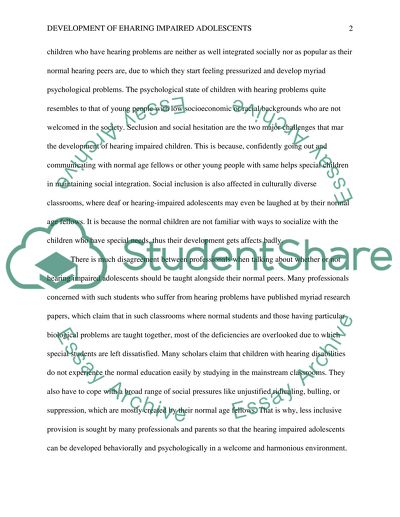Cite this document
(“Development of Deaf and Hard of Hearing Adolescents compared to their Research Paper”, n.d.)
Retrieved de https://studentshare.org/family-consumer-science/1421567-development-of-deaf-and-hard-of-hearing
Retrieved de https://studentshare.org/family-consumer-science/1421567-development-of-deaf-and-hard-of-hearing
(Development of Deaf and Hard of Hearing Adolescents Compared to Their Research Paper)
https://studentshare.org/family-consumer-science/1421567-development-of-deaf-and-hard-of-hearing.
https://studentshare.org/family-consumer-science/1421567-development-of-deaf-and-hard-of-hearing.
“Development of Deaf and Hard of Hearing Adolescents Compared to Their Research Paper”, n.d. https://studentshare.org/family-consumer-science/1421567-development-of-deaf-and-hard-of-hearing.


